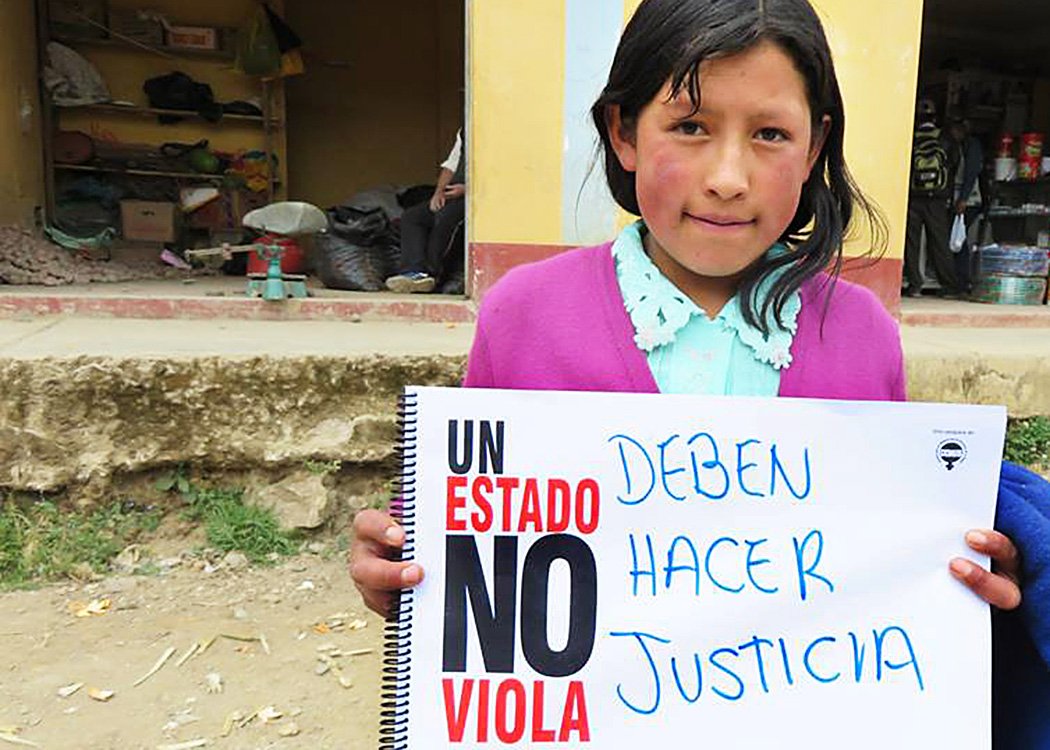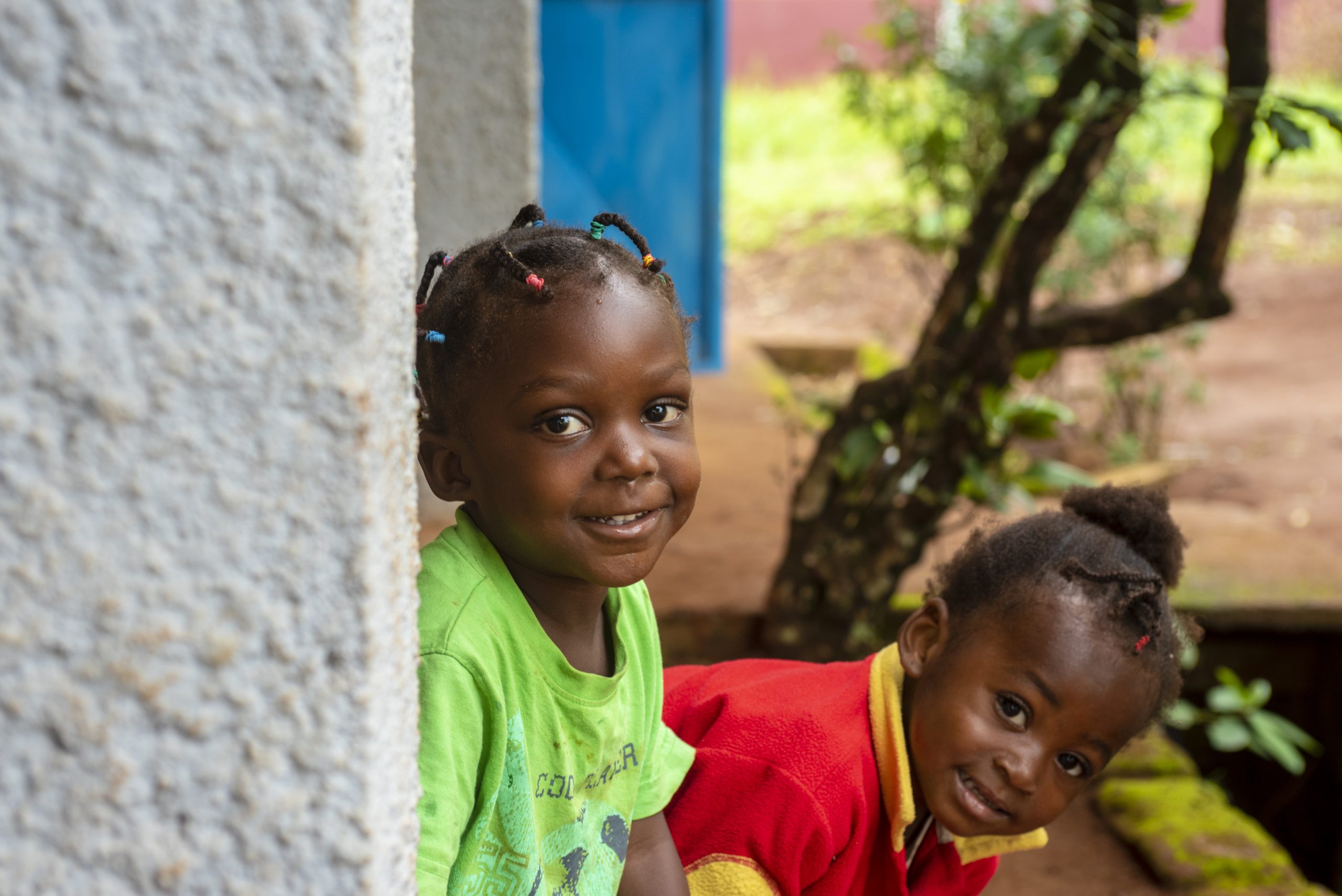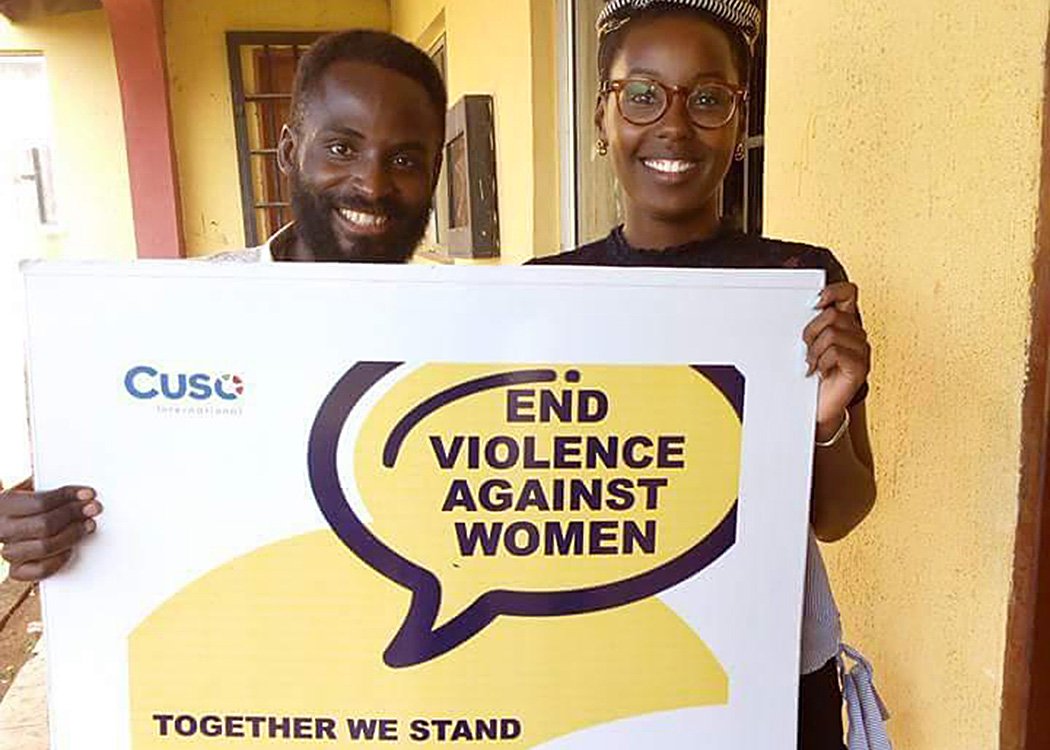What is gender-based violence? Gender expert Sarah Pentlow breaks it down
Story


Cuso International Gender Equality and Social Inclusion Consultant Sarah Pentlow recently participated in our webinar series on the topic of addressing gender-based violence (GBV). Here, she breaks down what that means.
What do you mean by “gender-norms”?
Let’s first get a few things straight. When we talk about gender, we are talking about something that is much more nuanced than simply the biological sex of a person. Gender is the socially-constructed identity that a person assumes and is often heavily influenced by culture.
When we talk about gender norms, we are referring to those underlying factors within a culture that dictate how men and women interact with each other, what the expectations are for their behaviour and how they are socialized as children.
It could be something as simple as the type of toy you give a child based on what gender you think they are. Or who is responsible for caregiving within a family unit. It can also be used to justify harmful behaviours, for example, “boys will be boys.”

How do these gender norms affect women?
In many countries where Cuso International is working, women face many disadvantages related to gender norms. This starts from a young age. Girls may not be sent to school if money is scarce. There are expectations for young women to marry and have children, which leaves them financially dependent on men. And in countries where quality healthcare isn’t available, women face a much higher risk of mortality.
Women often do not have decision making power within the home or even the legal right to own property in some contexts. As I mentioned above, these gender norms can justify harmful behaviours. In many countries, the socially accepted way to prove ones’ masculinity is to exercise power over women—which in many cases leads to violence, whether it be physical, sexual, psychological or in another form.

What can be done to reduce and end gender-based violence?
I think it has to start with education. We need people to understand the link between culture and gender and we need them to agree that these norms do not have to be tolerated. Cultures shift and change all the time and it’s possible for people to hold onto their values without expressing them in harmful ways.
Here’s an example from some of our work:
We host a series of workshops on masculinities. Participants (who are mainly young men) are invited to reflect on the messages they’ve received about what it is to “be a man.” They are then tasked with reframing these ideas in ways that don’t harm women.
Because gender norms are linked to belief and culture, it’s imperative that any work around this topic involves local community and faith leaders. These leaders are key in discussions and for sharing with other members of the community. For example, in Nigeria, Cuso International facilitated town hall meetings, involving members of the community and local chiefs, to talk about the issue of gender-based violence.

What does taking a “transformative approach” mean and what is the gender equality continuum?
When we talk about eradicating violence, it requires a complete transformation of culture. This is sometimes more embedded than we may be aware of.
I’m currently in the United Kingdom and there have been studies which show that, when England loses a soccer match, the incidents of violence in the home increase and, in some extreme cases, there have been outbreaks of violence in the stadium or streets after a game. No one is calling this out as gender-based violence because the “lad culture” is so widely accepted as just a part of life.
There is a tool I like to refer to known as the gender equality continuum. On one end is an unawareness of how beliefs about gender influence daily life. On the other end is cultural transformation, which includes the end of GBV. In the middle is the process of education, followed by actions responding to the issue.
Our end goal is to arrive at this place of transformation, where gender-based violence has been eradicated.

How is Cuso’s work helping the situation right now?
Once you begin to unpack this topic, you begin to see that gender-based violence comes up in many different domains of life—healthcare, economic empowerment, social well-being.
That is why Cuso includes activities related to this theme in all of our projects; whether it’s working on anti-harassment policies in the workplace, supporting fathers to take a more active role in the home as caregivers, or working with communities to hold discussions and challenge gender norms. Combating gender-based violence is essential to ensure the full participation of women and realize a more peaceful and sustainable society.